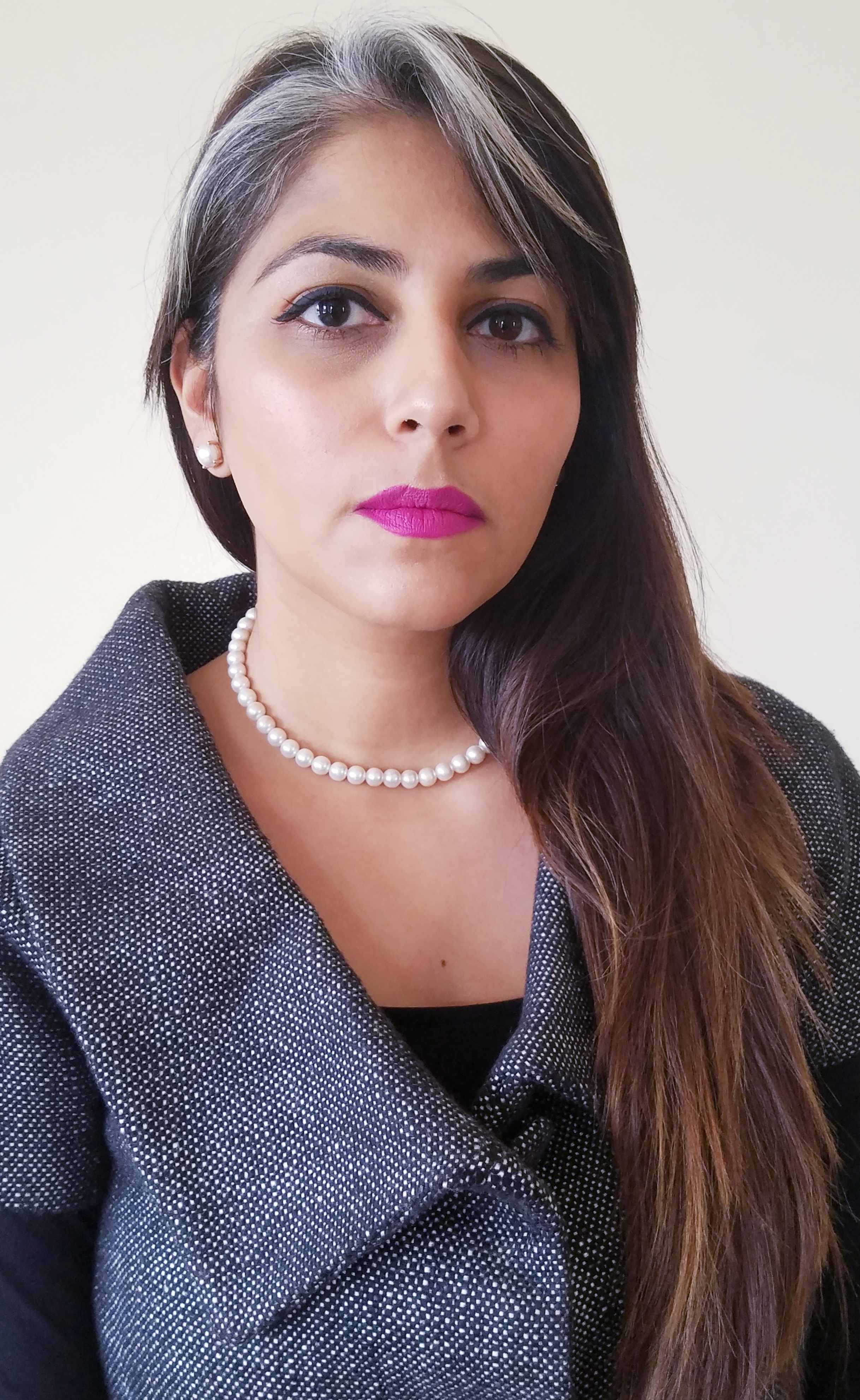Blog
Witnessing change: My visit to a GEC project school, two years after closure
In development, it is very rare that you get the opportunity to go back and see projects that you have worked with after their closure. However, at the beginning of this year, I was lucky enough to return to visit one of the schools supported by the Jielimishe project in Kenya, which was led by I Choose Life, Africa.
Jielimishe means ‘educate yourself’ and the project supported over 10,000 girls to complete a full cycle of education and transition to the next level. This included alternative pathways such as technical and vocational education and training (TVET). Their approach focused on increasing girls’ motivation to learn through girls’ clubs and mentorship schemes, improving the quality of teaching through teacher training, coaching and mentorship, and encouraging local communities to support girls’ education.
During the visit, it was incredible to see how the GEC has impacted some of the most marginalised girls, ensuring access to an education that would previously have been denied them.
The positive energy of the school leadership and community members was remarkable, and frankly infectious! All girls attending Kaliati Mixed Day Secondary School continue to receive valuable guidance from the head teacher. Some of the girls have received additional financial support from the community to transition to (TVET), colleges and universities. These girls aspire to start their own businesses, become community facilitators, lab technicians and even medical nurses – the list is endless.
It was also really inspiring to see ‘our’ GEC-supported girls taking their own initiate to act as role models and mentors for younger girls in the community, sharing their experiences of education, health and safeguarding. This type of support has increased awareness of harmful practices, access to resources (e.g., scholarships) and, overall, it has created a stronger sense of community for these girls.

That said, not everyone had a happy story. During the visit, it was apparent that some girls who had completed successfully secondary education were still not able to transition to some form of TVET or tertiary institution, despite having achieved excellent passing grades. The main reason for this was financial constraints which the girls and their families were not able to overcome. Where possible, the head teacher had set up kitties where community members and alumni would be able to contribute to school fees, hygiene and learning materials; however, the need is far greater than the resources that are available to accommodate each and every girl.
I have been working as the Portfolio Lead for the Girls’ Education Challenge for the last two years but have been working in a senior capacity on the GEC since 2017. My role has been to maintain strategic oversight across the large portfolio of 41 GEC projects, focusing on their progress towards learning, transition and sustainability.
I have been with the projects through key successes, where we have worked together to deliver strong education programming for marginalised girls, especially in hard to reach and complex contexts. We have also been successful in consolidating and sharing evidence-based learnings from the GEC across countries with partners and external stakeholders - to prevent reinventing the wheel each time.
However, I have also experienced the many challenges the projects have had to face. Even after years of investment and incredible work on the ground, challenges, like COVID-19 or the regime change in Afghanistan, means that we have not always been able to achieve the systematic impact that we wish for. But, in the face of adversity we adapt.
Returning to this project in Kenya and seeing the real outcomes of the amazing work of the GEC, reminded me how important it is to keep pushing on in the face of adverse challenges. And how inspiring it can be to see the results of so much effort and dedication by so many people.
Meaningful behaviour change can take time - years and even decades sometimes. The GEC has been successful in improving educational opportunities for many, but also for changing the culture and mindset around investing in girls. The results are clear when you return to GEC communities and see the drive to address the barriers that continue to hinder girls from accessing education opportunities.
We can become so bound up in process that we forget what the results actually mean. It is about working from the ground-up to facilitate and sustain long-lasting changes around girls’ education. And it is about knowing that your work – however challenging and frustrating it can be sometimes – really can change girls’ lives.
With special thanks to Abbie Miller (GEC) for her editorial contribution
